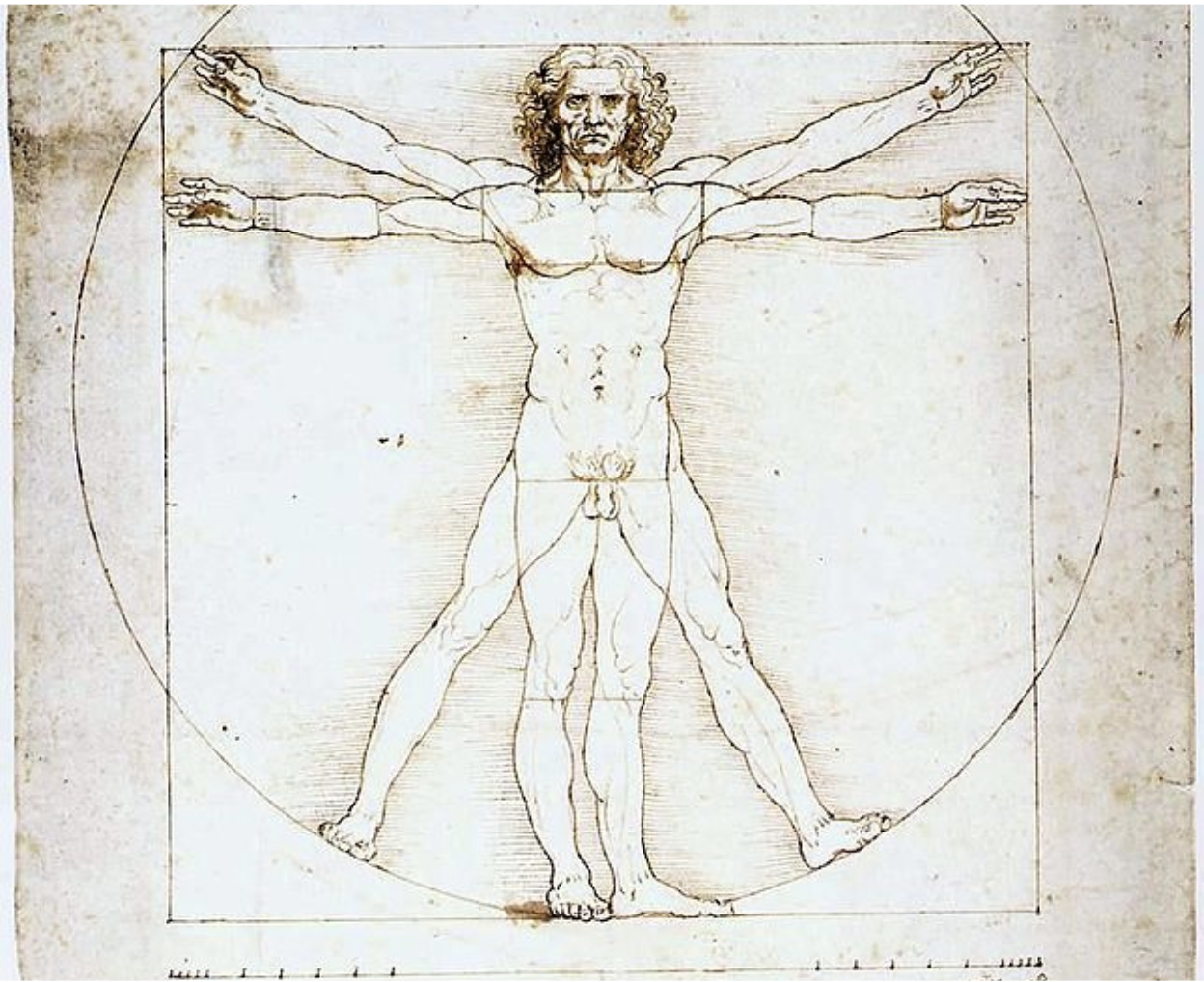Can drunkenness ever be holy? Brady examines the employment of drunkenness as a motif for both spiritual admonition and encouragement in the writings of the Church Fathers and the visual propagation of these teachings through early modern depictions of Noah and His Sons.
Commissioned over a decade ago for the corner of Church and Leonard Streets in the New York City neighborhood of Tribeca, a yet-to-be titled sculpture bearing much resemblance to Anish Kapoor’s Renowned Cloud Gate (widely referred to as “The Bean”) has finally been completed. The installation was impeded due to the 2008-2009 financial crisis and the COVID-19 pandemic, and also faced delays due to technical difficulties; in a challenging trial-and-error process, constructors experimented with new precision techniques, suspension methods, and support frame technologies. The $8-$10 million sculpture will ultimately be able to withstand “changes of temperature and wind and snow loads,” according to its fabricators in Performance Studios.
Apart from its smaller size—the sculpture stands 19 feet tall at its maximum—the work of art is just as curvacious and oddly reflective as its Chicagoan counterpart. The original Cloud Gate, however, stands out in the center of Chicago’s Millennium Square as a symbol of Illinois and a representation of freedom and liberty. On the other hand, the newest edition is tightly wedged underneath a luxury building on a bustling city street. For this reason, the sculpture has drawn the nickname “Half Bean” and faces much mockery from art critics and city residents.
In an interview with radio station WBBM, Chicago-Sun Times architecture critic Lee Bey noted that “It needs to be out in the open. And to have it stuffed underneath a building in New York, it’s a little strange.” Along these lines, other critics have remarked that the sculpture’s odd location undermines the point of it entirely; it can no longer stand as a symbol of freedom when it is constrained under such a looming building. In addition, New Yorkers in the area have expressed displeasure with the amount of foot traffic the sculpture brings to an already crowded area. While Millenium Park in Chicago is an open area in which visitors can still view the sculpture from from away, the Tribeca sidewalk is far less conducive to hundreds of upclose viewers. Nevertheless, the “Half Bean’s” developing firm justified its choice of location by casting Tribeca as a hub for artistic innovation, stating that the sculpture will “draw arts and culture lovers to its magical seamless surface.”





